Choosing between Apple’s smartphone offerings has buyers wondering: is the iPhone 16 vs 15 upgrade worthwhile? This comprehensive analysis examines hardware specifications, user experience improvements, and value considerations to guide your decision-making process.
The iPhone 16 introduces significant performance enhancements through its advanced A18 processor, while the iPhone 15 remains a capable device with proven reliability. Understanding these differences and similarities helps determine which model delivers the best cost effectiveness for your needs.
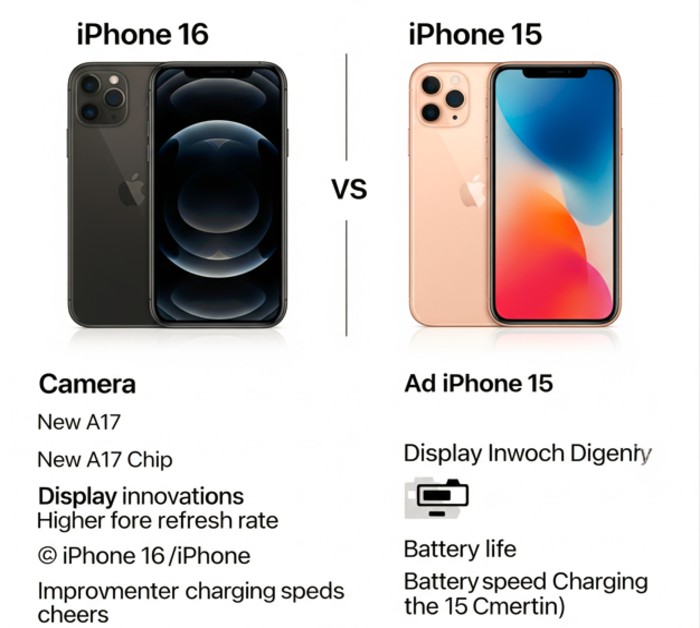
Design Evolution and Build Quality
Physical Characteristics and Dimensions
The design philosophy maintains consistency between models, with identical dimensions at 147.6 x 71.6 x 7.8mm. However, the iPhone 16 achieves a slightly reduced weight of 170g compared to 171g, showcasing Apple’s continued engineering refinement.
Key design updates in the iPhone 16 include:
- Vertical camera arrangement replacing the diagonal camera layout
- Enhanced colors palette featuring Ultramarine, Teal, and Pink alongside classic White and Black options
- Improved Ceramic Shield protection for enhanced durability
- Refined aluminum frame construction maintaining IP68 rating standards
The iPhone 15 offers traditional colors including Blue, Green, Yellow, Pink, and Black, providing established aesthetic choices.
Dynamic Island and Interface Elements
Both models feature the innovative Dynamic Island interface, but the iPhone 16 introduces the revolutionary Action Button and Camera Control button for enhanced functionality. These hardware specifications improvements provide more intuitive interaction methods compared to traditional controls.
Durability and Protection Standards
The iPhone 16 advances protection with next-generation Ceramic Shield technology, offering superior drop resistance. Both maintain IP68 rating certification, ensuring water and dust protection for everyday use scenarios.
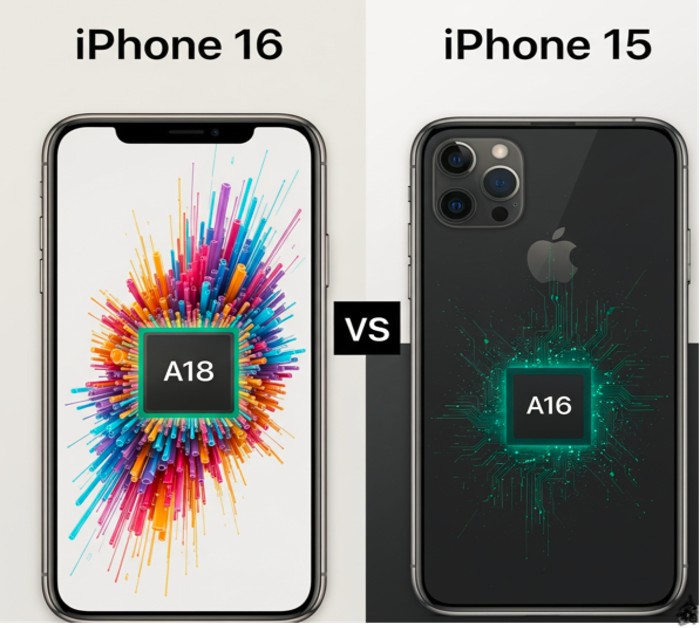
Performance and Processing Power Analysis
Chip Technology Comparison
The most significant upgrade considerations involve the processor advancement from A16 Bionic to A18. This chip evolution represents a substantial leap in performance capabilities and efficiency.
Processing Specifications:
| Component | iPhone 15 (A16 Bionic) | iPhone 16 (A18) |
|---|---|---|
| CPU Architecture | 6-core (2P + 4E) | 6-core (2P + 4E) |
| GPU Cores | 5-core graphics | 5-core graphics |
| Neural Engine | 16-core | 16-core |
| RAM | 6GB memory | 8GB memory |
| Manufacturing | 5nm process | 3nm process |
| AI features | Limited support | Apple Intelligence ready |
Speed and Performance Improvements
The A18 delivers remarkable speed enhancements through its advanced 3nm process technology:
- CPU tasks execute 30% faster for demanding applications
- GPU rendering improves by 40% for gaming and graphics workloads
- Enhanced machine learning processing accelerates computational tasks
- Improved thermal management reduces heat dissipation concerns
- Better power efficiency extends battery life significantly
Apple Intelligence and AI Features
The iPhone 16’s A18 enables exclusive Apple Intelligence capabilities:
Advanced AI Features:
- Generative AI content creation across applications
- Visual Intelligence for enhanced photo and video analysis
- Image Playground for creative image manipulation
- Genmoji personalized emoji generation
- Siri enhancements with natural language processing
- ChatGPT integration for advanced conversational AI
- Private Cloud Compute for secure AI processing
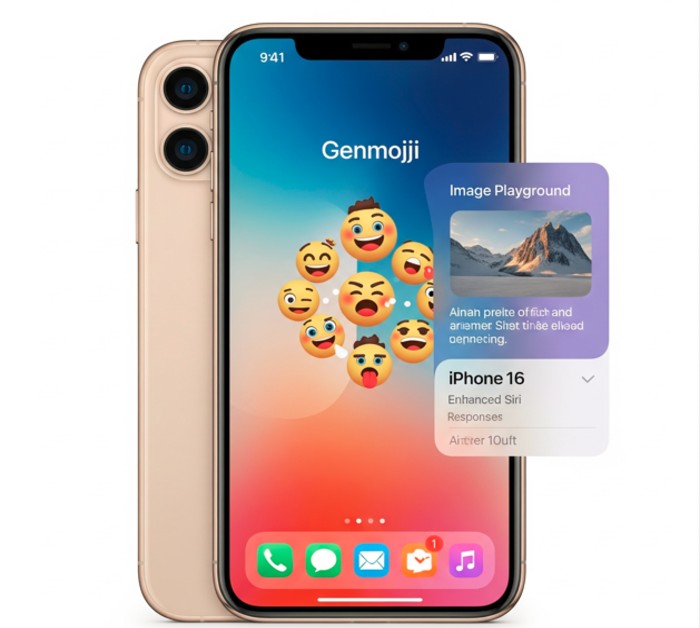
Productivity Tools:
- Intelligent writing tools for content creation
- Proofread functionality with context awareness
- Summarise capabilities for lengthy documents
- Rewrite suggestions for improved communication
- Smart reply options in messaging applications
The iPhone 15’s A16 Bionic lacks these advanced AI features due to processing limitations.
Camera System and Photography Evolution
Camera Hardware Specifications
Both devices feature sophisticated camera systems, but the iPhone 16 introduces meaningful photography improvements:
Camera Comparison:
| Camera Feature | iPhone 15 | iPhone 16 |
|---|---|---|
| Main Camera | 48MP main camera | 48MP main camera |
| Ultrawide lens | 12MP ultrawide | 12MP ultrawide with autofocus |
| Front Camera | 12MP TrueDepth | 12MP TrueDepth |
| Optical zoom | 2x digital zoom | 2x optical zoom |
| Telephoto lens | Not available | Not available |
| Video Recording | 4K video standard | 4K video + Spatial Video |
Advanced Photography Features
The iPhone 16’s Fusion Camera system enables:
Enhanced Capabilities:
- Macro photography through improved ultrawide lens
- Macro video recording for detailed close-up content
- Spatial Video recording compatible with Apple Vision Pro
- Advanced Audio Mix function for professional sound quality
- Wind noise reduction technology for outdoor recording
- Spatial Audio recording for immersive audio capture
Camera Control Button Innovation
The dedicated Camera Control button revolutionizes photography interaction:
- Instant camera access from any screen state
- Pressure-sensitive controls for optical zoom adjustment
- Gesture recognition for focus and exposure control
- Professional-grade operation for enhanced user experience
Display Technology and Visual Experience
Screen Size and OLED Quality
Both models feature identical 6.1-inch Super Retina XDR OLED displays with consistent resolution at 2556 x 1179 pixels. The refresh rate remains at 60Hz for both models, unlike Pro versions with 120Hz ProMotion technology.
Display Specifications:
- Screen size: 6.1 inches diagonal
- OLED technology for deep blacks and vibrant colors
- Super Retina XDR for HDR content support
- Standard 60Hz refresh rate operation
- No always-on display functionality
- Identical bezel thickness (no thinner bezels improvement)
Visual Performance Enhancements
The iPhone 16 benefits from A18 processing for improved display performance, though hardware specifications remain similar between models.
Battery Life and Power Management

Battery Capacity and mAh Specifications
While Apple doesn’t publish specific mAh ratings, independent testing reveals the iPhone 16’s superior battery life performance:
Power Performance:
| Usage Type | iPhone 15 | iPhone 16 | Improvement |
|---|---|---|---|
| Video Playback | 20 hours | 22 hours | +10% |
| Streaming Video | 16 hours | 18 hours | +12.5% |
| Audio Playback | 80 hours | 80 hours | Same |
| Typical Usage | Full day | Extended day | +2-3 hours |
Charging Speed and Connectivity
Both models support identical charging speed capabilities:
- **20W wired charging (0-50% in 30 minutes)
- 15W MagSafe wireless charging
- 7.5W Qi2 wireless charging support
- USB-C connectivity for universal compatibility
- USB 2 data transfer speeds (not USB 3)
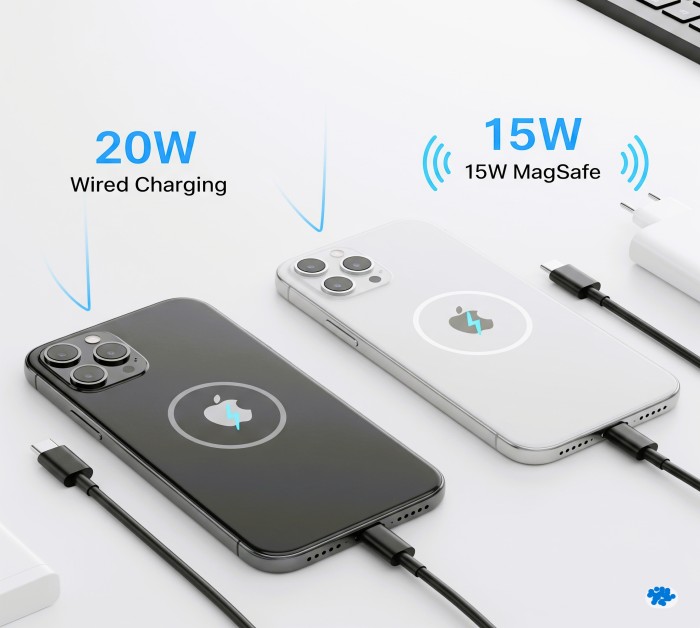
The iPhone 16 demonstrates improved thermal management during charging sessions, reducing heat generation and maintaining consistent charging speed.
Connectivity and Modem Technology
Network and Wireless Capabilities
Both devices utilize advanced modem technology, though specific Snapdragon X70 implementation varies:
Connectivity Features:
- 5G network support (Sub-6GHz and mmWave)
- Wi-Fi 6 standard (not Wi-Fi 7)
- Bluetooth 5.3 for accessory connectivity
- Thread networking support for smart home integration
- USB-C for charging and data transfer
Ecosystem Integration Benefits
The iPhone 16 enhances ecosystem integration through:
- Apple Vision Pro Spatial Video compatibility
- Enhanced MagSafe accessory support
- Improved Thread networking for HomeKit devices
- Better audio quality processing for AirPods integration
Software Experience and iOS Updates
iOS 18 and iOS 18.5 Support
Both models run current iOS 18 with planned iOS 18.5 updates, but software features availability differs:
iPhone 16 Exclusive Features:
- Apple Intelligence suite of AI features
- Advanced focus mode with AI integration
- Enhanced Siri enhancements capabilities
- Generative AI content tools
- Visual Intelligence photo analysis
Shared iOS Features:
- Updated Control Center design
- Enhanced Messages app functionality
- Improved Photos app organization
- Advanced focus mode options
- Enhanced privacy controls
Long-term iOS Support
Apple typically provides 5-6 years of major iOS updates, with the iPhone 16 likely receiving support through 2030-2031, while the iPhone 15 should receive updates through 2029-2030.
Model Variants and Comparisons
Complete Lineup Context
Understanding the full iPhone 16 series helps inform decision-making:
- iPhone 16: Standard model with A18 and dual cameras
- iPhone 16 Plus: Larger 6.7-inch display with same features
- iPhone 16 Pro: Advanced features with ProMotion and telephoto lens
- iPhone 16 Pro Max: Largest display with complete Pro feature set
Similarities Across Models
Key similarities between iPhone 15 and 16 include:
- Identical physical dimensions and weight distribution
- Same screen size and OLED display technology
- Consistent IP68 rating durability standards
- Similar USB-C connectivity implementation
- Comparable base storage options and pricing tiers
Price and Value Analysis
Current Cost Structure
The price differential influences upgrade considerations:
Pricing Structure:
- iPhone 15 (128GB): $699 retail (value option with frequent discounts)
- iPhone 16 (128GB): $799 retail (cost premium for latest features)
- Price difference: $100-200 depending on current promotions
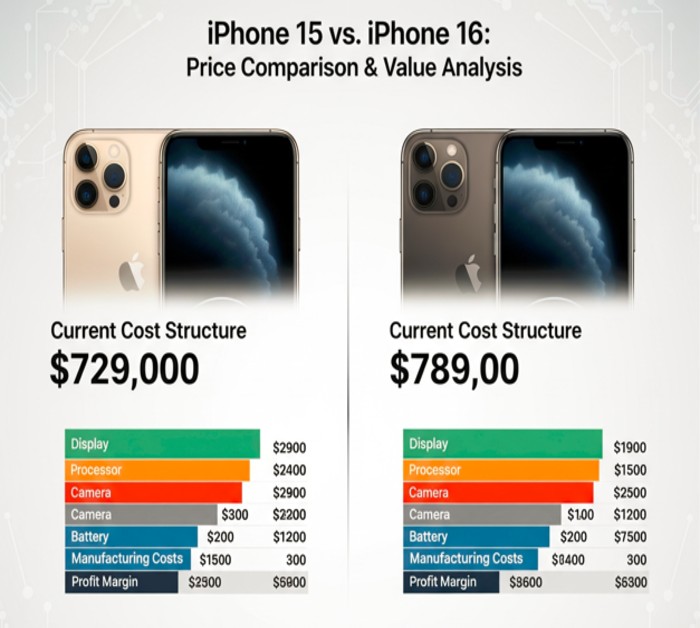
Value Proposition Assessment
Buying Guide considerations for each model:
Choose iPhone 16 for:
- Latest A18 performance capabilities
- Apple Intelligence AI features
- Enhanced camera functionality with Camera Control button
- Maximum battery life optimization
- Future-proof hardware specifications
Choose iPhone 15 for:
- Strong value proposition with proven performance
- Sufficient A16 Bionic processing power
- Established reliability and user experience
- Lower cost with frequent promotional pricing
- Adequate feature set for most users
Audio and Multimedia Experience
Audio Quality Enhancements
The iPhone 16 improves audio quality through:
- Advanced Spatial Audio recording for video content
- Improved Audio Mix function with multiple recording modes
- Enhanced wind noise reduction for outdoor recording
- Better speaker performance through A18 processing
- Optimized thermal management preventing audio throttling
Multimedia Performance
Both models deliver excellent multimedia performance, with the iPhone 16 offering:
- Smoother 4K video playback and editing
- Enhanced Spatial Video creation and viewing
- Improved machine learning video processing
- Better GPU performance for gaming applications
- Optimized thermal management during intensive tasks
Thermal Management and Heat Dissipation
Cooling System Improvements
The iPhone 16‘s 3nm process A18 generates less heat than the iPhone 15‘s 5nm process A16 Bionic, resulting in:
- Reduced thermal throttling during intensive tasks
- Better sustained performance over extended usage
- Improved heat dissipation through optimized internal design
- Enhanced gaming performance with consistent frame rates
- Better battery life through reduced power consumption
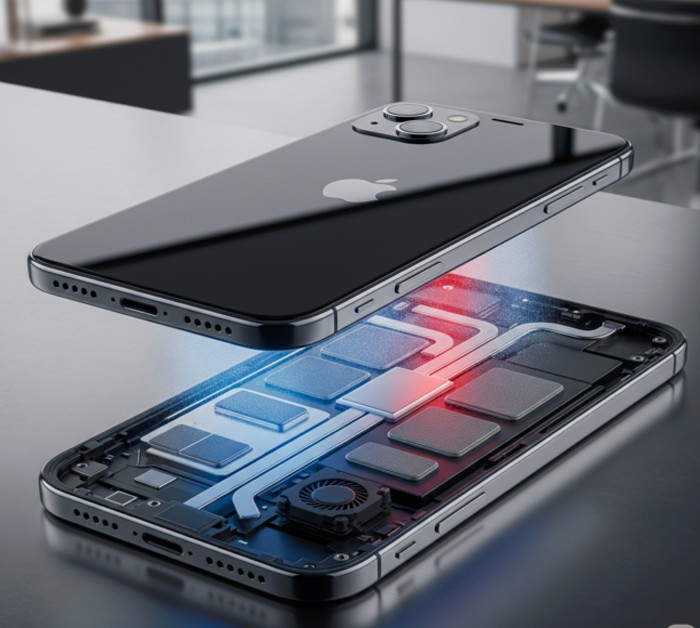
Pros and Cons Summary
iPhone 16 Advantages (Pros)
- Advanced A18 chip with superior performance
- Exclusive Apple Intelligence AI features
- Enhanced camera system with Camera Control button
- Improved battery life and thermal management
- Action Button customization options
- Future-ready hardware specifications
- Better value retention over time
Disadvantages of iPhone 16 (Cons)
- Higher price point compared to iPhone 15
- Incremental camera improvements over predecessor
- No ProMotion 120Hz display technology
- Limited telephoto lens capabilities
- Same USB 2 transfer speeds
iPhone 15 Advantages (Pros)
- Excellent value proposition with frequent discounts
- Proven A16 Bionic performance reliability
- Solid camera system for most photography needs
- Established user experience with consistent updates
- Lower cost of ownership
- Good battery life for daily usage
iPhone 15 Disadvantages (Cons)
- No Apple Intelligence support
- Older A16 Bionic chip technology
- Limited AI features availability
- Traditional camera controls only
- Shorter expected iOS support timeline
Release Date and Availability
Market Availability
- iPhone 15: Released September 2023, widely available with discounts
- iPhone 16: Released September 2024, current generation pricing
- Both models available through Apple, carriers, and authorized retailers
- Trade-in programs available for upgrade considerations
Frequently Asked Questions (FAQs)
What’s the main difference between iPhone 16 vs 15 performance?
The iPhone 16‘s A18 chip delivers 30% faster CPU performance and 40% improved GPU capabilities compared to the iPhone 15‘s A16 Bionic. The 3nm process technology provides better efficiency and thermal management.
Does the iPhone 16 support Apple Intelligence features?
Yes, the iPhone 16‘s A18 processor enables full Apple Intelligence support including generative AI, Visual Intelligence, Siri enhancements, and writing tools. The iPhone 15 cannot run these AI features.
How much better is iPhone 16 battery life?
The iPhone 16 provides approximately 10-12% longer battery life, translating to 2-3 additional hours of typical usage compared to the iPhone 15.
What camera improvements does the iPhone 16 offer?
Key camera enhancements include an upgraded ultrawide lens with autofocus for macro photography, Spatial Video recording, the Camera Control button, and improved audio quality with wind noise reduction.
Should I upgrade from iPhone 15 to iPhone 16?
Upgrade considerations depend on your priorities. Choose the iPhone 16 for Apple Intelligence AI features, better performance, and enhanced camera capabilities. The iPhone 15 remains excellent for users prioritizing value and proven reliability.
What colors are available for each model?
The iPhone 16 offers Ultramarine, Teal, Pink, White, and Black. The iPhone 15 features Blue, Green, Yellow, Pink, and Black options.
Do both phones support MagSafe and wireless charging?
Yes, both models support 15W MagSafe wireless charging, Qi2 compatibility, and 20W wired charging through USB-C connectivity.
What’s the price difference between models?
The iPhone 16 typically costs $100-200 more than the iPhone 15, though promotional pricing and trade-in offers can reduce this cost differential significantly.
Conclusion
The iPhone 16 vs 15 comparison reveals meaningful improvements in performance, AI features, and camera capabilities, while the iPhone 15 maintains strong value proposition appeal. Your decision-making should consider long-term upgrade considerations and feature priorities.
Select iPhone 16 for:
- Cutting-edge A18 performance and speed
- Apple Intelligence AI features and machine learning capabilities
- Advanced camera system with Camera Control button
- Maximum battery life and thermal management
- Future-ready hardware specifications
Select iPhone 15 for:
- Proven A16 Bionic reliability and performance
- Strong value with lower cost and frequent promotions
- Sufficient features for most user experience needs
- Established ecosystem integration and iOS support
- Budget-conscious buying guide preference
Final Buying Guide Recommendation
Both models deliver exceptional user experience with Apple’s signature quality. The iPhone 16 represents the future of mobile technology with Apple Intelligence and enhanced performance, while the iPhone 15 offers immediate value and proven capabilities.
Consider your upgrade considerations timeline, feature priorities, and cost sensitivity when making this important decision-making choice. Whether you choose the feature-rich iPhone 16 or the value-focused iPhone 15, you’re investing in one of the market’s premium smartphone experiences.

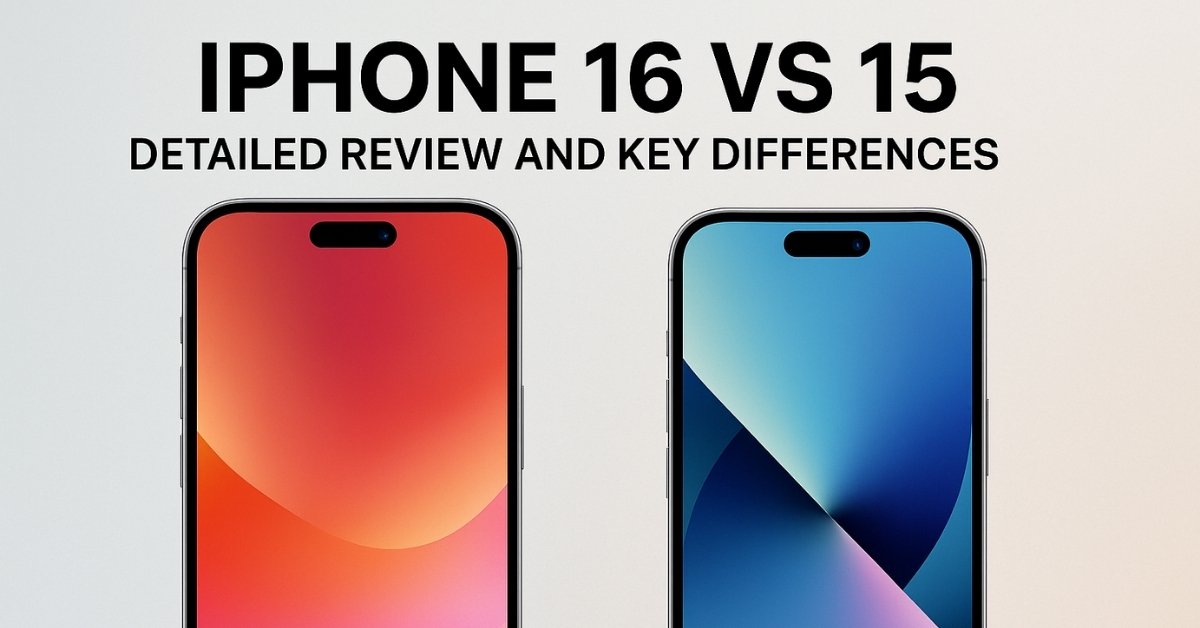
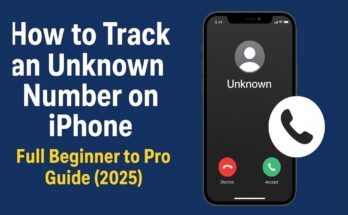
You have noted very interesting details! ps nice web site. “I just wish we knew a little less about his urethra and a little more about his arms sales to Iran.” by Andrew A. Rooney.